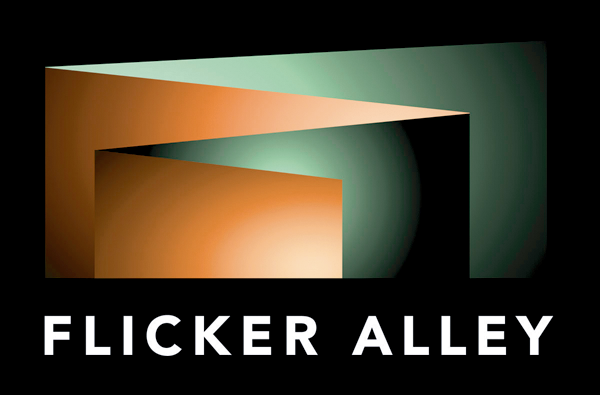By Fernand Léger
Every effort in the line of spectacle or moving picture should be concentrated on bringing out the values of the object—even at the expense of the subject and of every other so called photographic element of interpretation, whatever it may be. All current cinema is romantic, literary, historical expressionist, etc. Let us forget all this and consider, if you please: a pipe—a chair—a hand—an eye—a typewriter—a hat—a foot, etc., etc.
Let us consider these things for what they can contribute to the screen just as they are—in isolation—their value enhanced by every known means. In this enumeration I have purposely included parts of the human body in order to emphasize the fact that in the new realism the human being, the personality, is interesting only in these fragments and that these fragments should not be considered of any more importance than any of the other objects listed.
The technique emphasized is to isolate the object or the fragment of an object and to present it on the screen in close-ups of the largest possible scale. Enormous enlargements of an object or a fragment give it a personality it never had before and in this way it can become a vehicle of entirely new lyric and plastic power.
I maintain that before the invention of the moving picture no one knew the possibilities latent in a foot—a hand—a hat.
These objects were, of course, known to be useful—they were seen, but never looked at. They can be discovered—and they are found to possess plastic and dramatic beauty when properly presented. We are in an epoch of the specialization of specialties. If manufactured objects are on the whole well realized, remarkably well-finished—it is because they have been made and checked by specialists.
I propose to apply this formula to the screen and to study the plastic possibilities latent in the enlarged fragment, projected (as a close up) on the screen, specialized, seen and studied from every point of view both in movement and immobile.
Here is a whole new world of cinematographic methods.
These objects, these fragments, these methods are innumerable—limitless. Life is full of them. Let us see them on the screen.
The point is to know how to “exploit” them—the point is to find out the right way of using them. It is more difficult than it seems.
To get the right plastic effect, the usual cinematographic methods must be entirely forgotten. The question of light and shade becomes of prime importance. The different degrees of mobility must be regulated by the rhythms controlling the different speeds of projection—la muniterie—the timing of projections must be calculated mathematically.
New men are needed—men who have acquired a new sensitivity toward the object and its image. An object for instance if projected at twenty seconds is given its full value—projected at thirty seconds it becomes negative.
A transparent object can remain immobile, and light will give it movement. An opaque object can then be moved in rhythm with the tempo of the transparent object. In this way an enormous variety of effects can be achieved by the use of totally different objects having in themselves absolutely no expression, but handled with understanding and knowledge. Light is everything. It transforms an object completely. It becomes an independent personality.
Take an aluminum saucepan. Let shafts of light play upon it from all angles—penetrating and transforming it. Present it on the screen in a close-up—it will interest the public for a time, yet to be determined. The public need never even know that this fairy-like effect of light in many forms, that so delights it, is nothing but an aluminum saucepan.
I repeat—for the whole point of this article is in this: the powerful—the spectacular effect of the object is entirely ignored at present.
Light animates the most inanimate object and gives it cinematographic value.
This new point of view is the exact opposite of everything that has been done in the cinema up to the present. The possibilities of the fragment or element have always been neglected in order to present vague moving masses in the active rhythm of daily life . Everything has to be sacrificed for an effect which bears no relation to the true reality. The realism of the cinema is still to be created. It will be the work of the future.
Source: Little Review, Winter, 1926. Fernand Leger, “A New Realism – The Object,” Introduction to the Art of the Movies: An Anthology of Ideas on the Nature of Movie Art, ed. Lewis Jacobs, New York: Noonday Press, 1960, 96-8.
Ballet Mechanique (1923-24) by Fernand Léger and Dudley Murphy is part of the Masterworks of American Avant-garde Experimental Film 1920-1970 Blu-ray/DVD collection. Now available for pre-order.

